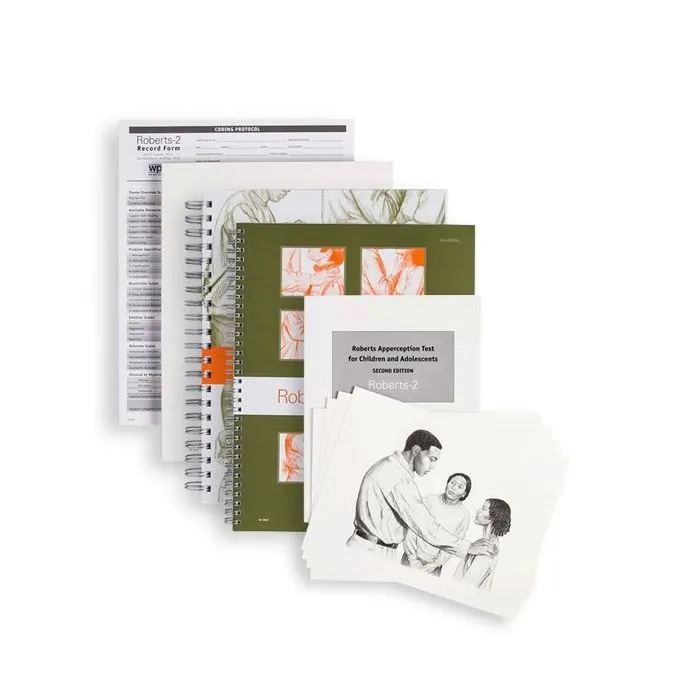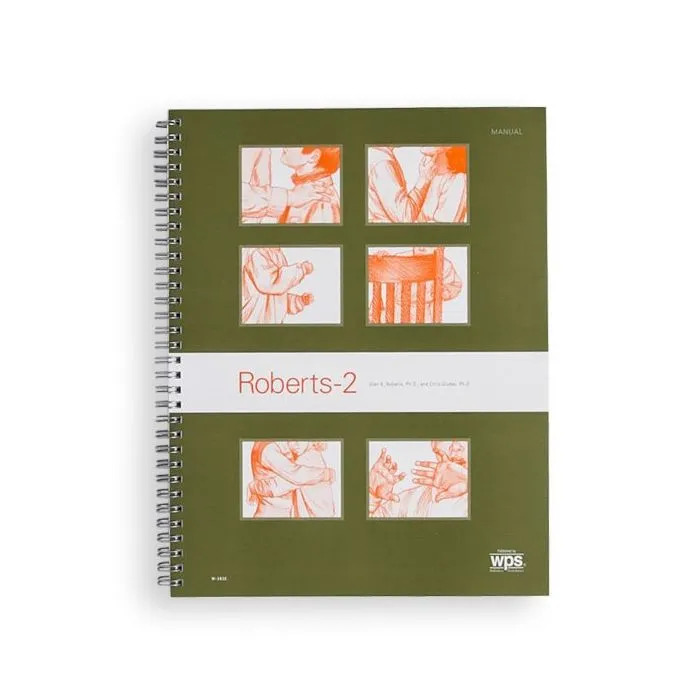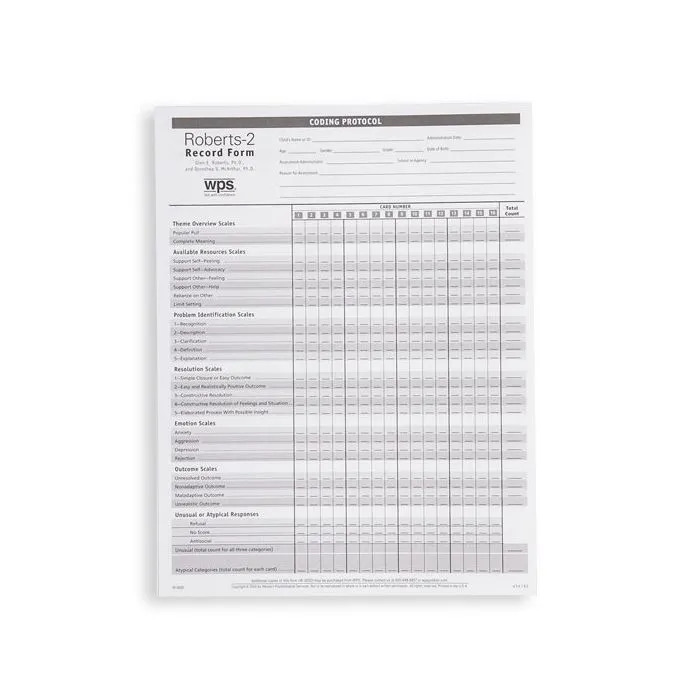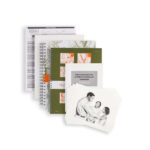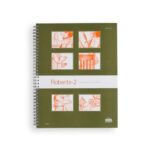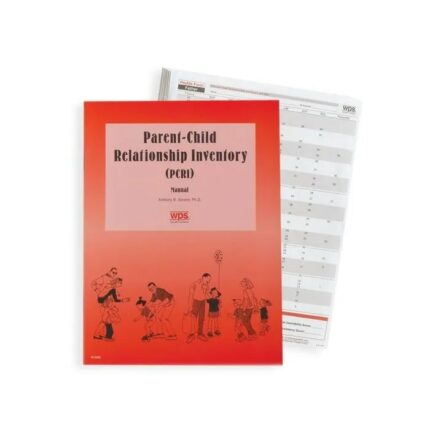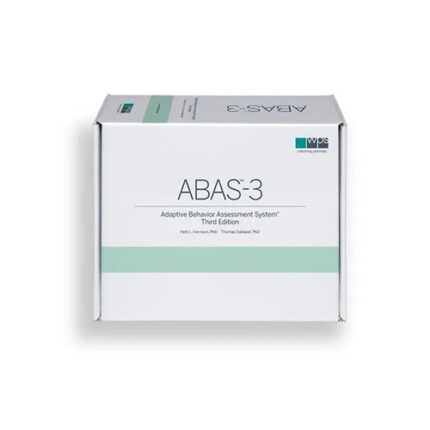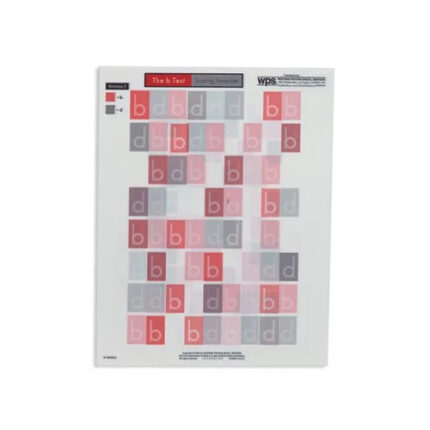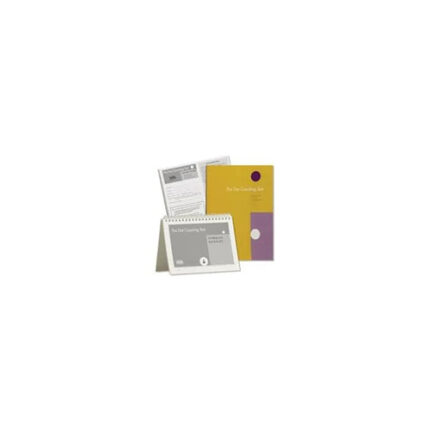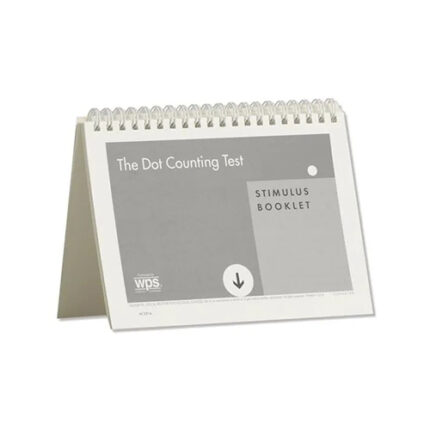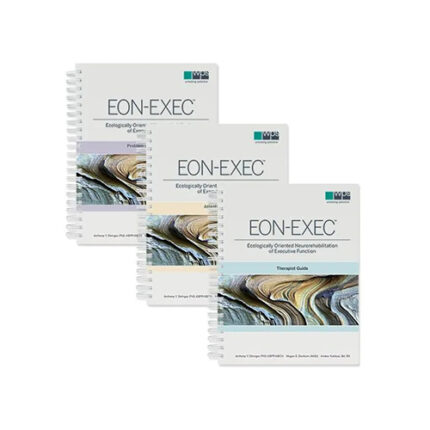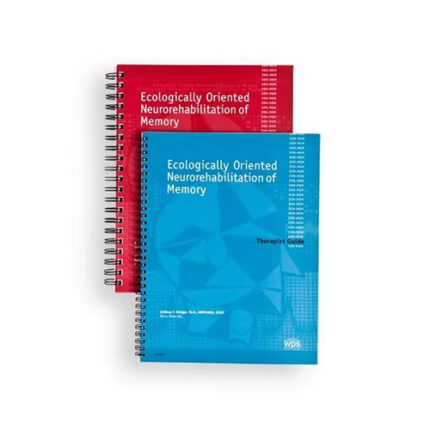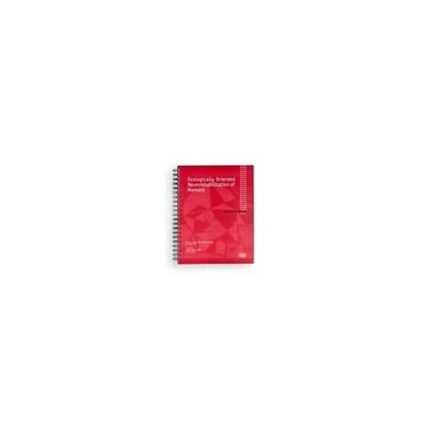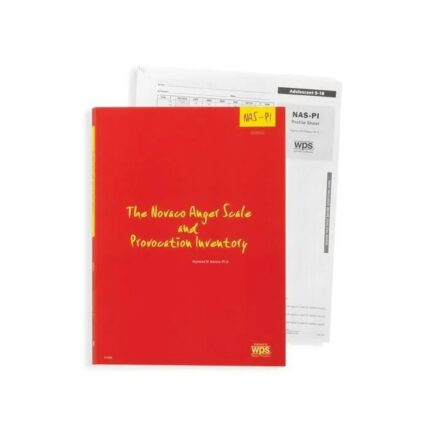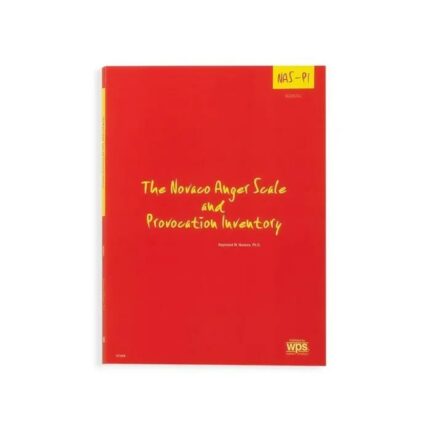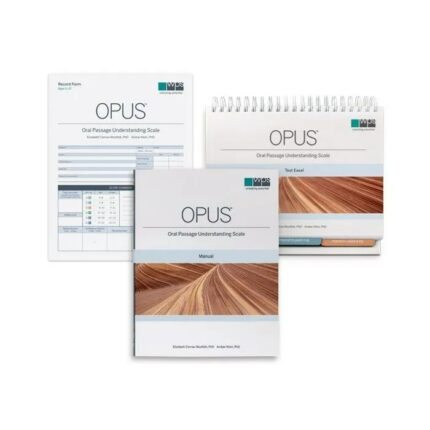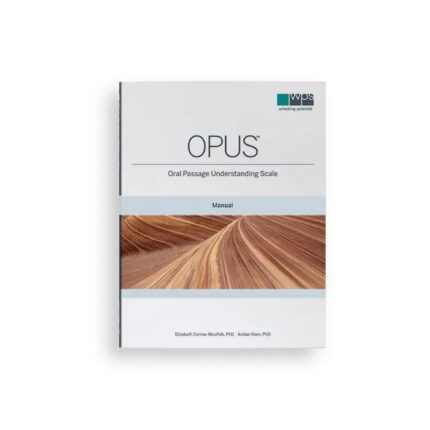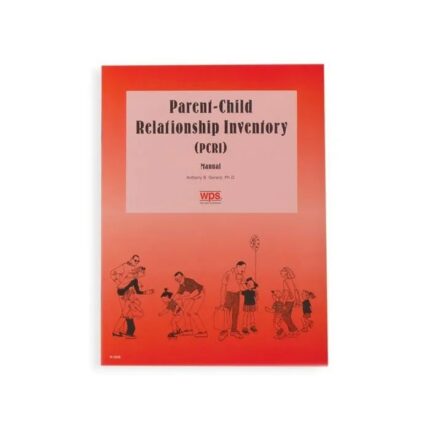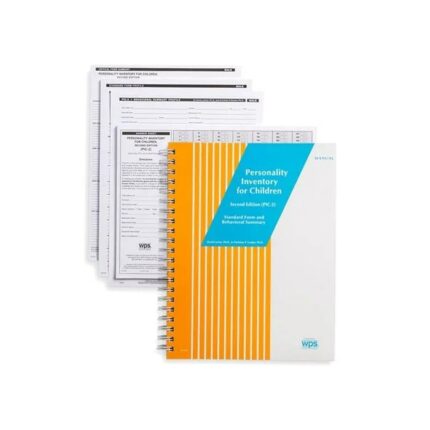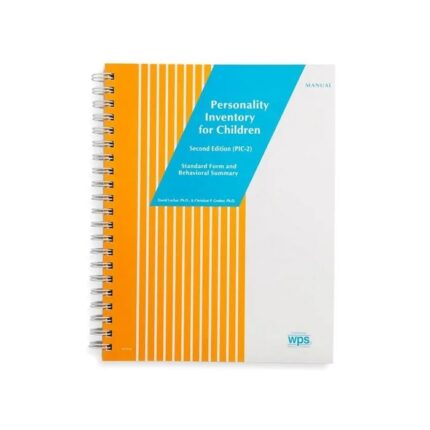Roberts-2 Kit, White Children And Adolescents

BY GLEN E. ROBERTS, PHD
In evaluating children, it makes sense to look at more than academic ability and achievement. Social understanding, problem-solving skills, adaptability, sources of support, emotional adjustment, developmental issues—all of these things affect children’s functioning at school, at home, and in the community. And all are measured by the Roberts-2.
Informing Intervention
This revision of the popular Roberts Apperception Test for Children helps you understand the whole child. The Roberts-2 provides useful descriptive information, telling you how well the child reads social cues, recognizes and solves interpersonal problems, copes with difficulties, makes use of social and emotional resources, and much more. This information is invaluable to any professional who is initiating an academic or behavioral intervention.
The test focuses on the child’s social understanding as expressed in free narrative, reflecting both developmental and clinical concerns. It asks the child or adolescent to tell a story in response to each of 16 Test Pictures (available in three parallel sets—one showing White children, one featuring Black children, and one depicting Hispanic children).
The child’s stories are recorded and then scored—according to objective criteria—for the presence or absence of specific characteristics. Norms, grouped by age, are based on a sample of more than 1,000 children and adolescents, ages 6 through 18, from all four U.S. Census regions. The sample is representative in terms of gender, ethnicity, and parental education.
The Roberts-2 Manual offers extensive examples of children’s stories and scoring instructions. It provides evidence of the test’s validity, based on comparisons between the standardization sample and a clinically referred sample of 467 children and adolescents. This evidence supports use of the Roberts-2 in clinical assessment of children experiencing adjustment problems and in research on the development of social understanding.
Guiding Intervention
The Roberts-2 provides comprehensive and detailed insight into children’s social perception. Stories generated in response to the Test Pictures indicate where the child is on a continuum of social understanding. Typically, as children become more socially experienced, their stories reflect greater awareness of social convention, more differentiated themes, and clearer resolution of themes and conflicts. And because the test includes clinical scales as well as content scales, it alerts you to social and emotional problems that are outside the norm.
Measuring the Effects of Intervention
The Roberts-2 helps you put the pieces together. It not only provides a more complete picture of the child prior to intervention but also reflects change following intervention. And because it is standardized on nonreferred children, the test is an ideal way to assess developmental change and situational crises in nonclinical children.
Roberts-2 Scales
Theme Overview
- Popular Pull (ability to create a basic and accurate presentation of reality)
- Complete Meaning (ability to construct a complete story, follow directions, and use cognitive skills to make sense of the task)
Available Resources
Support from self
Feeling
Advocacy
Support from other
Feeling
Help
Reliance on other
Limit setting
Problem Identification
Recognition
Description
Clarification
Definition
Explanation
Resolution
Simple closure or easy outcome
Easy and realistically positive outcome
Process described in constructive resolution
Process described in constructive resolution of feelings and
situation
Elaborated Process with possible insight
Emotion
Anxiety
Aggression
Depression
Rejection
Outcome
Unresolved outcome
Nonadaptive outcome
Maladaptive outcome
Unrealistic outcome
Unusual or Atypical Responses
Unusual—refusal, no score, antisocial
Atypical categories
Easy Computer Scoring
An unlimited-use computer program simplifies Roberts-2 scoring, allowing you to get the job done with greater speed and accuracy. When you enter Roberts-2 stories, the program gives you:
- Instant access to coding definitions, picture descriptions, common themes, and the author’s detailed scoring notes
- A real-time, story-by-story display of codes as you apply them
- Automated error checking and code review
- An accurate summary of results
- The option of attaching notes to your report of Roberts-2 results
This program helps you learn coding procedures more quickly at the outset and substantially reduces scoring time thereafter. As a bonus, the CD includes several unscored stories from the test Manual and the Roberts-2 Casebook. You can use these to practice scoring on the computer and then check your accuracy by referring to the Manual or Casebook.
DVD Training Package
Here is everything you need to master the Roberts-2. Just watch the DVD and use the accompanying Workbook, Reference Materials, and Record Forms to practice coding, scoring, and interpretation. You’ll learn directly from the test author, Glen Roberts, and you’ll also be eligible for continuing education credit. The Training Package includes the following components:
DVD
Running 2 hours and 15 minutes, the DVD features Dr. Glen Roberts and WPS test developer Dr. Chris Gruber, who thoroughly discuss the Roberts-2 and its application.
Workbook
The Workbook presents two case examples, each with a complete set of Roberts-2 stories. You can use these to test the accuracy of your coding and scoring.
Quick Reference Materials
These materials include administration, scoring, and interpretation guidelines; detailed scale descriptions; and a reference guide showing the 16 Test Pictures.
Record Forms
These two blank Record Forms are used to score the case examples presented in the Workbook.
This Training Package is a cost-effective way for clinics, school districts, and academic programs to teach staff and graduate students how to use the Roberts-2.
Roberts-2 Casebook
by Glen E. Roberts, PhD
This Casebook helps you integrate Roberts-2 scores and interpretive data into educational or clinical case reports. It presents 17 cases. Four focus on normally developing children, giving you a sense of what constitutes typical variability. Thirteen additional cases highlight diagnoses commonly encountered in children and adolescents:
- Mild intellectual disability
- ADHD
- Posttraumatic Stress Disorder
- Autistic Disorder
- Asperger’s Disorder
- Bipolar Disorder
- Oppositional Defiant Disorder
- Generalized Anxiety Disorder
- Major Depressive Disorder
- Conduct Disorder
- Schizoaffective Disorder
- Schizophrenia
The author scores and interprets each case, offering valuable instruction along the way. If you like, you can score the cases on your own and compare your results to the author’s. The case examples help you understand clinical issues associated with each disorder and learn how to use Roberts-2 results to inform evaluation reports and treatment plans. As an added benefit, you can earn continuing education (CE) credit for mastering the Casebook.
Terms often used to search for Roberts-2
Roberts Apperception Test for Children, Roberts Apperception Test, roberts 2 apperception test, pdf, test, age range, manual, sample report
| Therapy |
All Therapy Evaluation Tools |
|---|


